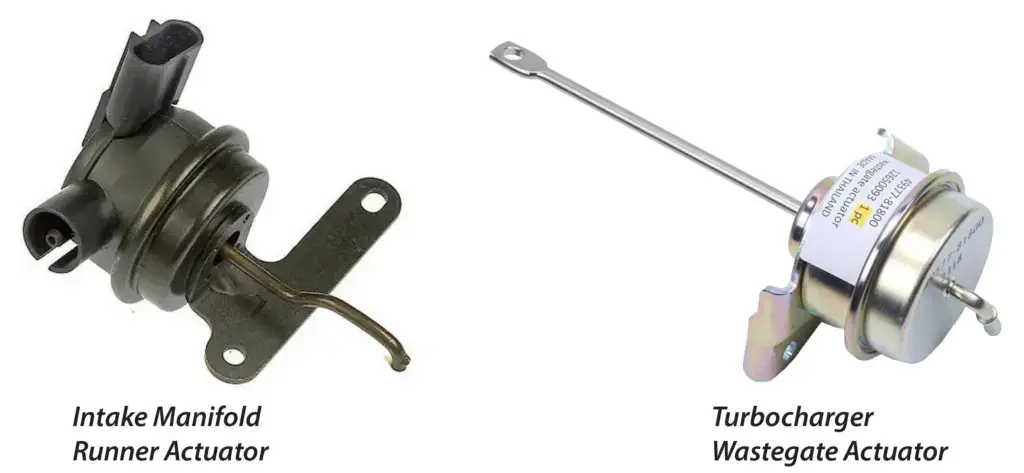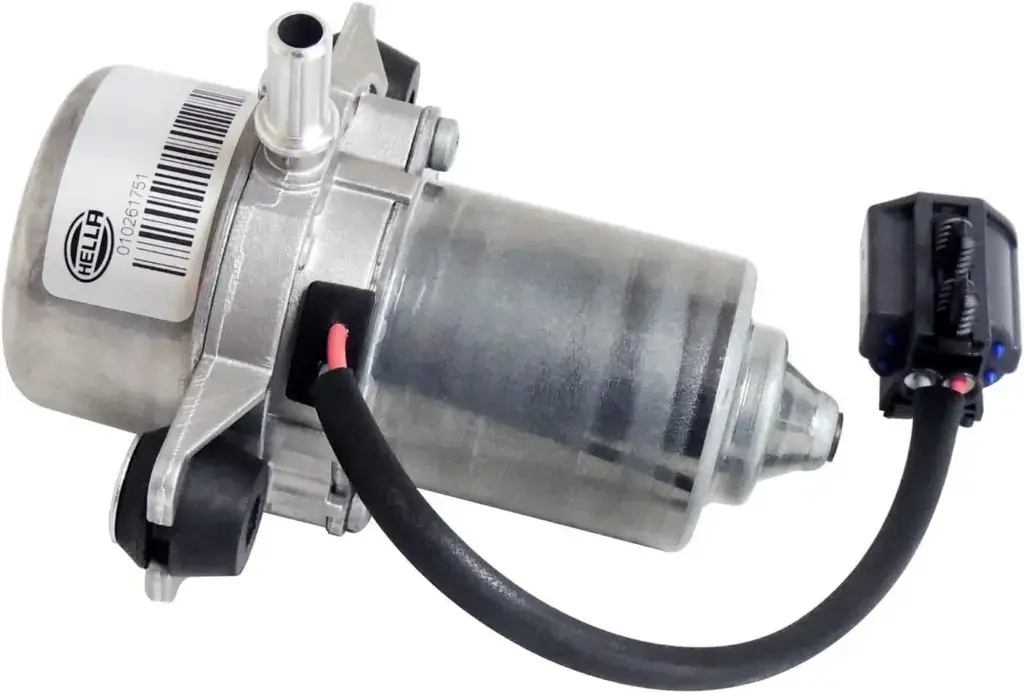Electric Brake Booster Pump — Why they’re used
Learn why carmakers use an electric brake booster pump
An automotive brake booster uses vacuum to multiply the brake pedal force applied by the driver, providing the higher hydraulic pressure needed for effective braking. Traditionally, this vacuum was supplied by an engine-driven vacuum pump. However, with the much smaller engines in late model vehicles and the use of turbochargers there’s simply less manifold vacuum available to power a brake booster. So carmakers have had to add an electric brake booster pump on smaller engines, engines with turbochargers and even EV vehicles, because EVs don’t produce any vacuum. Due to the lack of manifold vacuum, carmakers have added an electric vacuum pump to generate the vacuum to run the power brakes.
Other advantages of an electric brake booster pump
An electric vacuum pump can provide a more consistent vacuum supply and that results in more consistent Braking. Manifold vacuum can vary considerably depending on engine load. This affects brake pedal feel and makes braking less consistent. The electric vacuum pump provides full vacuum whenever the brakes are applied.
Faster Vacuum Buildup: After hard braking when vacuum reserves are depleted, an electric pump can restore vacuum twice as fast as manifold vacuum. This improves brake responsiveness.
The electric vacuum pump allows the brakes to work even with the engine off. That’s especially important on vehicles equipped with start-stop systems and hybrid vehicles when the engine isn’t running. The electric vacuum pump ensures braking capability even when the engine is off.
What other components need vacuum?
Many emissions-related actuators, solenoids, and wastegates operate from manifold vacuum. So those also need a supplemental vacuum source.
How an electric brake booster pump work
Carmakers install a pressure sensor between the vacuum pump and the brake booster. Using the data from the pressure sensor and the brake pedal position switch, the ECM determines how much vacuum is needed to operate the vehicle’s power brakes. The ECM provides ground to the vacuum pump relay control coil ground when needed and the relay switches power on and off to the brake booster vacuum pump
See this post to Learn the symptoms of a bad brake booster electric vacuum pump.
Disadvantages of an electric vacuum pump
The electric vacuum pump does have disadvantages though; like added component cost and complexity. However, most automakers consider the benefits to outweigh the downsides. With the stringent fuel economy and emissions standards in markets like Europe and North America, the electric vacuum pump helps vehicles comply with regulations while providing consistent and reliable brake booster assistance. This technology supports greener transportation and has now become the standard approach for brake systems in modern cars.
Find a high performance vacuum pump at Jegs
©, 2024 Rick Muscoplat
Posted on by Rick Muscoplat

